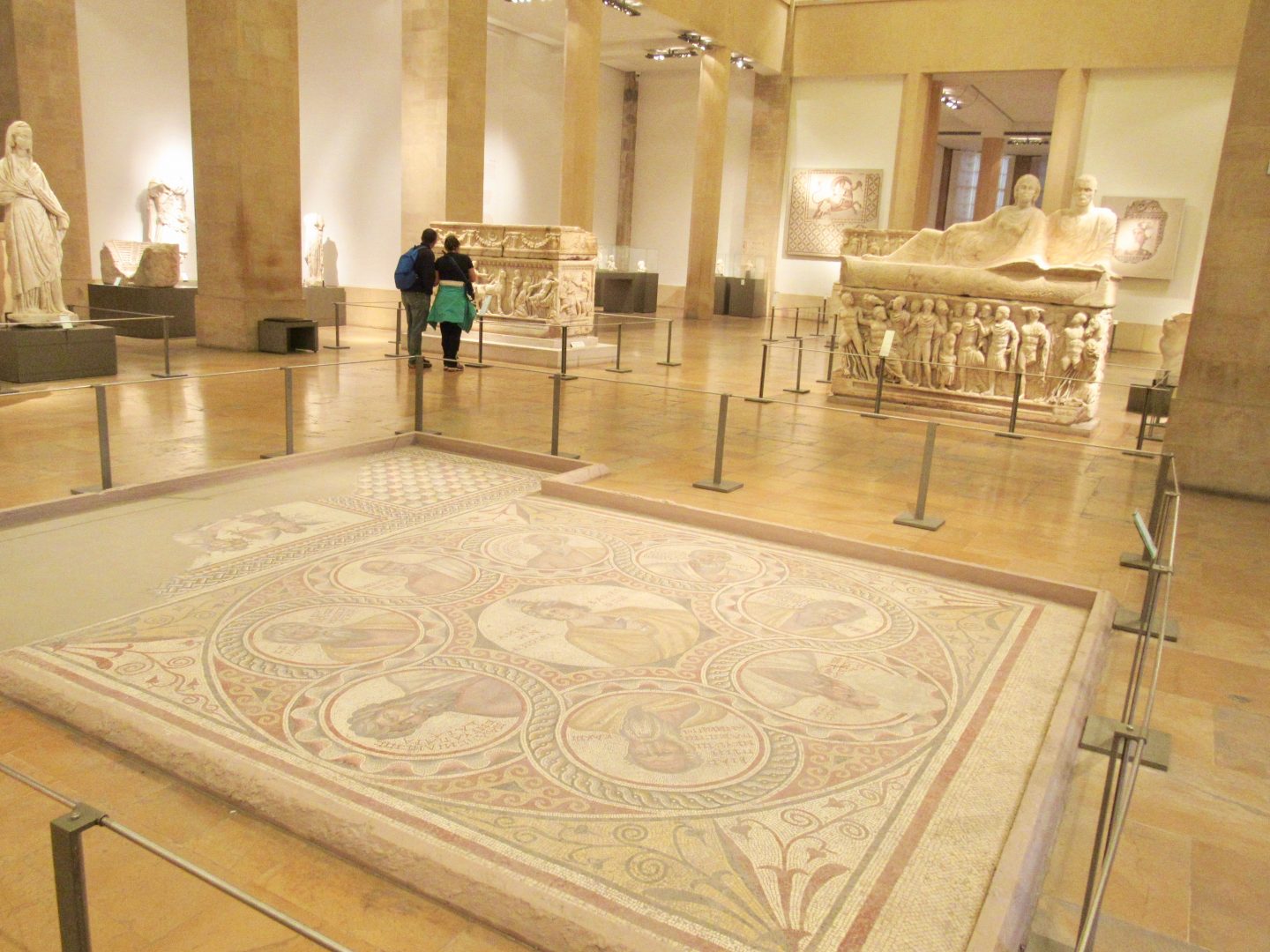The National Museum of Beirut stands as a beacon of Lebanon’s rich history and cultural heritage. Located in the heart of the capital city, Beirut, this renowned museum showcases a vast collection of artifacts that span thousands of years, offering visitors a captivating journey through the country’s ancient civilizations and diverse cultural traditions.
- Historical Significance: The National Museum of Beirut was established in 1942 and underwent extensive renovations after the Lebanese Civil War. Its mission is to preserve and present Lebanon’s cultural heritage, making it a valuable resource for both locals and international visitors. The museum serves as a testament to Lebanon’s diverse history, encompassing the Phoenician, Hellenistic, Roman, Byzantine, and Islamic periods.
- Architectural and Cultural Marvel: The museum’s architecture combines modern elements with traditional Lebanese design. It houses a vast collection of over 100,000 artifacts, including sculptures, mosaics, pottery, jewelry, and coins. The exhibits are thoughtfully curated to provide a comprehensive overview of Lebanon’s ancient civilizations and their contributions to art, culture, and society.
- Key Exhibits: a. Phoenician Gallery: The Phoenician civilization, renowned for its seafaring prowess, is prominently featured in the museum. Explore artifacts such as sarcophagi, jewelry, and the iconic marble statues of the Phoenician royal family.

b. Roman and Byzantine Galleries: Discover the opulence and grandeur of the Roman and Byzantine periods through intricate mosaics, statues, and architectural fragments. Highlights include the celebrated Roman marble sarcophagi and the captivating mosaic pavements.
c. Prehistory and Protohistory: Delve into Lebanon’s earliest history through exhibits that showcase archaeological finds from prehistoric and protohistoric periods. Admire Neolithic pottery, ancient tools, and evidence of early human settlements.
d. Islamic Art and Heritage: The museum’s collection also includes Islamic art, reflecting Lebanon’s diverse cultural landscape. Explore stunning examples of calligraphy, ceramics, metalwork, and textiles that represent the rich artistic traditions of the Islamic world.
- Multimedia Presentations and Interpretation: The National Museum of Beirut offers multimedia presentations and interactive displays that provide visitors with engaging insights into Lebanon’s history and cultural heritage. Informative panels, audio guides, and videos supplement the exhibits, offering a deeper understanding of the artifacts and their historical context.
- Special Exhibitions and Events: The museum regularly hosts temporary exhibitions and cultural events that further enrich the visitor experience. These exhibitions highlight specific aspects of Lebanon’s heritage, such as contemporary art, photography, or themed archaeological displays. Check the museum’s website or inquire locally to learn about any ongoing special exhibitions or events during your visit.
- Practical Information:
a. Opening Hours and Admission: The National Museum of Beirut is typically open six days a week, with limited hours on Sundays. Admission fees are affordable, with discounted rates for students and seniors. It is advisable to check the museum’s official website for the most up-to-date information regarding opening hours and admission fees.
b. Guided Tours: The museum offers guided tours led by knowledgeable staff who provide expert insights into the exhibits and their historical context. Guided tours can be arranged in advance or upon arrival at the museum.
c. Photography: Photography is allowed in most areas of the museum, but it is recommended to respect any signage or guidelines regarding photography restrictions in specific sections. Capture the beauty of the artifacts and exhibits while being mindful of other visitors and the museum’s conservation efforts.
d. Accessibility: The museum is wheelchair-accessible, with ramps and elevators available to facilitate movement throughout the premises. Additionally, the museum provides accessible restrooms and parking spaces for visitors with disabilities.
e. Museum Shop and Café: The National Museum of Beirut features a museum shop where visitors can find a wide range of souvenirs, books, and replicas of historical artifacts. The shop is an excellent place to find unique gifts and mementos. The museum also has a café where visitors can take a break, enjoy refreshments, and savor Lebanese cuisine.
f. Nearby Attractions: The National Museum of Beirut is conveniently located near other attractions in the city. Take the opportunity to explore nearby landmarks such as the Roman Baths, the Mohammad Al-Amin Mosque, or take a stroll along the vibrant streets of Beirut.
- Safety and Security: The National Museum of Beirut maintains a high standard of security to ensure the safety of its visitors and protect the invaluable artifacts. Visitors are required to comply with security procedures, including bag checks and metal detector screenings, upon entry. It is recommended to follow the instructions of museum staff and respect any security guidelines provided.
- Contribution to Cultural Understanding: A visit to the National Museum of Beirut is not only a journey through Lebanon’s history but also a valuable opportunity to gain a deeper understanding of the country’s cultural diversity and contributions to the world’s heritage. By appreciating the artifacts and stories within the museum, visitors can foster cultural appreciation and promote dialogue between different communities.
Conclusion || National Museum of Beirut
The National Museum of Beirut stands as a cultural treasure, offering visitors a window into Lebanon’s rich history and diverse heritage. From the ancient Phoenician civilization to the Islamic period and beyond, the museum’s exhibits provide a comprehensive overview of Lebanon’s contributions to art, culture, and civilization. Immerse yourself in the wonders of the past, explore the fascinating artifacts, and gain a deeper appreciation for the vibrant cultural tapestry of Lebanon. A visit to the National Museum of Beirut is an enriching experience that should not be missed by those seeking to delve into the captivating history of this fascinating country.
Book Your Flights : Here 30% OFF on Booking
Book Your Hotels : Here 20% OFF on Booking

0 Comment